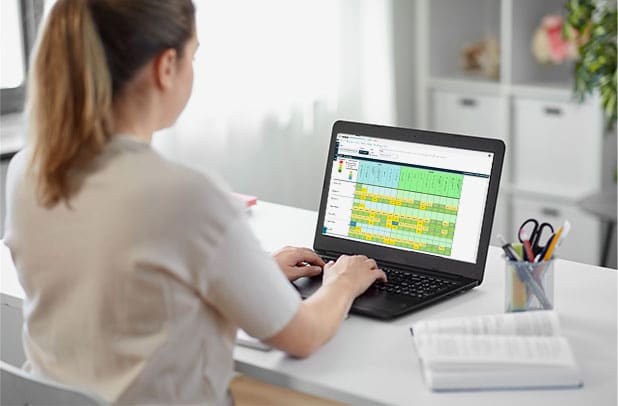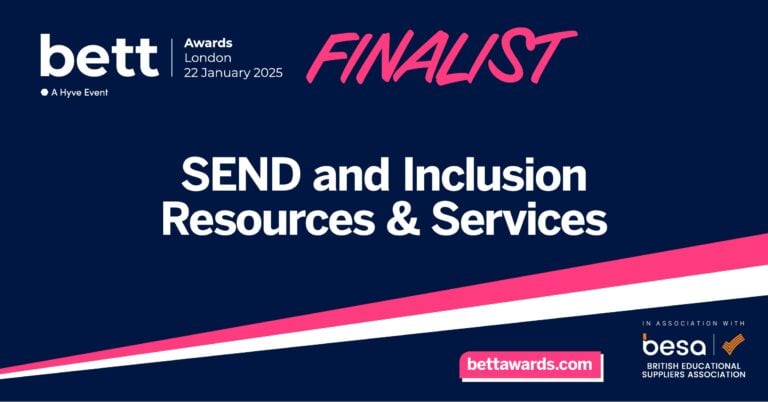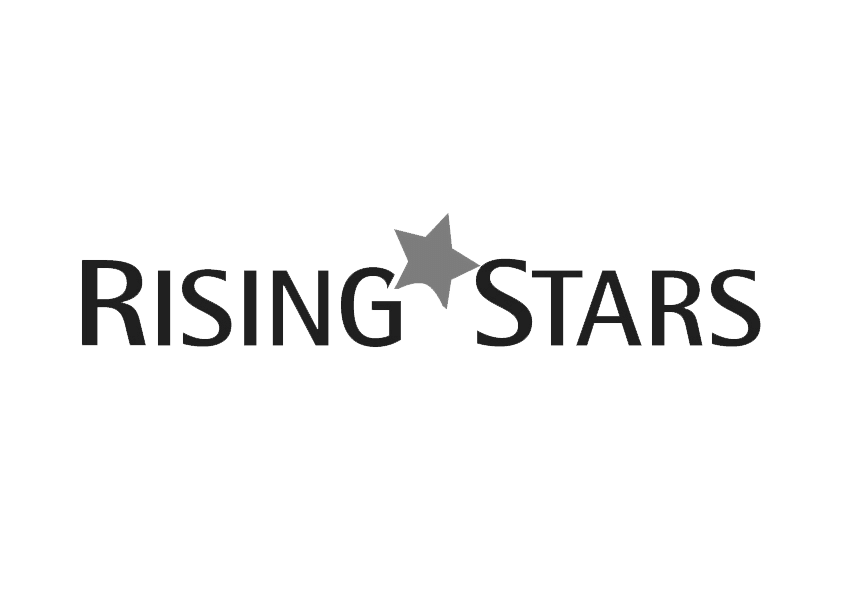
As September rolls around, as teachers get to know their new classes and the Autumn term flies along at a great rate of knots, we usually spend a little time looking at pupils’ past performance to identify end of year or end of key stage targets for children and cohorts. But what do we do, having returned to school, where some pupils have been absent from traditional, formal education since March?
Obviously, the teacher in me needs to focus on formative assessment and undertake some quick-fire baselining activities to gain a clearer picture of what learning pupils have retained, and what needs to be revisiting. We have some pupils who will have been able to access all of the ‘home learning’ we set, and those who were inspired and motivated to take their learning in their own direction. Of course, there will also have been many pupils across the country who were unable to engage effectively in the tasks and challenges we set, for many different reasons. When some of our children returned in June, it was clear to see that knowledge and skills that had been delivered in the Autumn term and was well embedded, was generally well retained by our pupils. However, content that we had covered in a shallower way in the Spring term needed to be revisited more deeply. Using these new baselines to set short-term, objective level targets that can be delivered either as a catch-up programme, or alongside learning from children’s chronological curriculum will offer the opportunity for accelerated progress. The Education Endowment Foundation has put together guidance and strategies to support teachers and schools leaders manage the ‘catch-up’ period: Education Endowment Foundation
Class teacher aside, the school leader in me knows that at some point, the Local Authority or Trustees will expect some form of end of year target to give them an idea of where the school is going to be at the end of the year or key stage. Traditionally, we have been able to look back at where the pupil was at the end of last year and at the end of their last mile-stone assessment – be it the end of Early Years or the end of Key Stage 1 to help set an aspirational target. For pupils in some year groups, this is still possible as they have reliable EYFS and KS1 data, but what about children just starting in Year 1 or Year 3?
Key Stage 1 Pupils
Let’s start with the simplest of the problems. Generally, we would look at where pupils were at the end of EYFS in Reading, Writing and Maths, and take into account whether they achieved a Good Level of Development or not to help set targets for the end of KS1. As this year’s Year 1 pupils have no formal EYFS outcomes, I think it is reasonable to suggest using EYFS predictions you made during the course of the Reception Year. With good quality ‘catch-up provision’, those pupils who were on track to reach the Specific Early Learning Goals and achieve a GLD should close the gap over the year, or reach the Expected Standard, by the end of Key Stage 1. Therefore, pupils who were on track for the end of EYFS, should be on track for the Expected Standard, those who were likely to Exceed the ELG, should be targeted for Greater Depth at the end of KS1. Of course, you will also want to consider those close to the ELG and set an aspirational target of Expected to begin to close the gap and increase the proportion of pupils achieving Greater Depth.
Pupils in Year 3
Pupils in Year 3 are somewhat of an anomaly. Normally, we would be using their KS1 outcomes to predict and target a KS2 score. But without any KS1 scores – what is the best answer? Having pondered this one through and vacillated between a couple of scenarios, I think, for now, the most sensible solution is to base their target loosely on their EYFS outcome. My reasoning for this, while it was over 2 years ago now and I know the two curricula don’t wholly match, it is the last piece of official data the DFE hold for them for each subject. So, in simple terms, until we know more, I would suggest that a pupil who achieved the ELG at the end of EYFS should be aiming to be at least back on track at the end of this year, if not Year 4, and similarly for those who exceeded the ELG. Obviously, some pupils may have dipped irrespective of the Covid pandemic, but as they have demonstrated the ability to work at an Expected Standard. Obviously, for those who were Emerging, we will need to see an increase in the proportion working at Expected, and an increase in those aiming for Greater Depth.
Pupils in Years 4-6
As we move through the school, target setting for other year groups becomes increasingly more complicated, since the introduction of the KS2 Progress Measure and the outcomes at KS1. By now, we should have been in receipt of the DFE’s revised methodology for measuring progress from new National Curriculum Tests in Year 2 to the end of Year 6. However, as Year 6 did not sit their tests in the summer of 2020, we are, once again on the back foot. It is easy to make arbitrary statements like “Expected to Expected”, but as we saw when levels were first abandoned, within the Expected band, some children needed to score 100 and some needed to score 109 to make sufficient progress.
There are several possible methods for creating ‘estimated’ scaled scores based on pupils’ new KS1 outcomes, but it is important to stress that they are estimated, in lieu of further guidance. The most sensible solution – to me – is ascribing a nominal point value (based on old levels) to the KS1 outcomes and using then using the existing formulae to generate an estimated score.
Nominal Point Values
Outcome | Score |
GDS | 21 |
EXS | 15 |
WTS | 9 |
PKF/PK4 | 3 |
PK3 | 2.75 |
PK2 | 2.5 |
PK1 | 2.25 |
So, let’s take Jake’s results and use the formula to create an estimated scaled score.
Subject | Outcome | Score |
Reading | EXS | 15 |
Writing | GDS | 21 |
Maths | EXS | 15 |
We then add Reading and Writing and 2 lots of Maths together (2 lots of Maths to balance 2 lots of English), and divide by 4 to find his Average Point Score (APS):
15+21+15+15 = 16.5 |
We can then take Jake’s 16.5 and compare it to the summer 2019 guidance, outlining the scaled scores pupils with the same APS achieved – you can use page 16 of this document to help you, and look down the second column to find the average point score.
Primary school Accountability in 2019: Technical Guide
I would suggest that you always round the score up to the nearest whole number.
Subject | Estimated Scaled Score |
Reading | 106 |
Writing | 104 |
Maths | 107 |
Obviously, I have to stress here that this is one option and should be used cautiously until the DFE publish how they intend to measure progress.
Author: Gareth Webb











